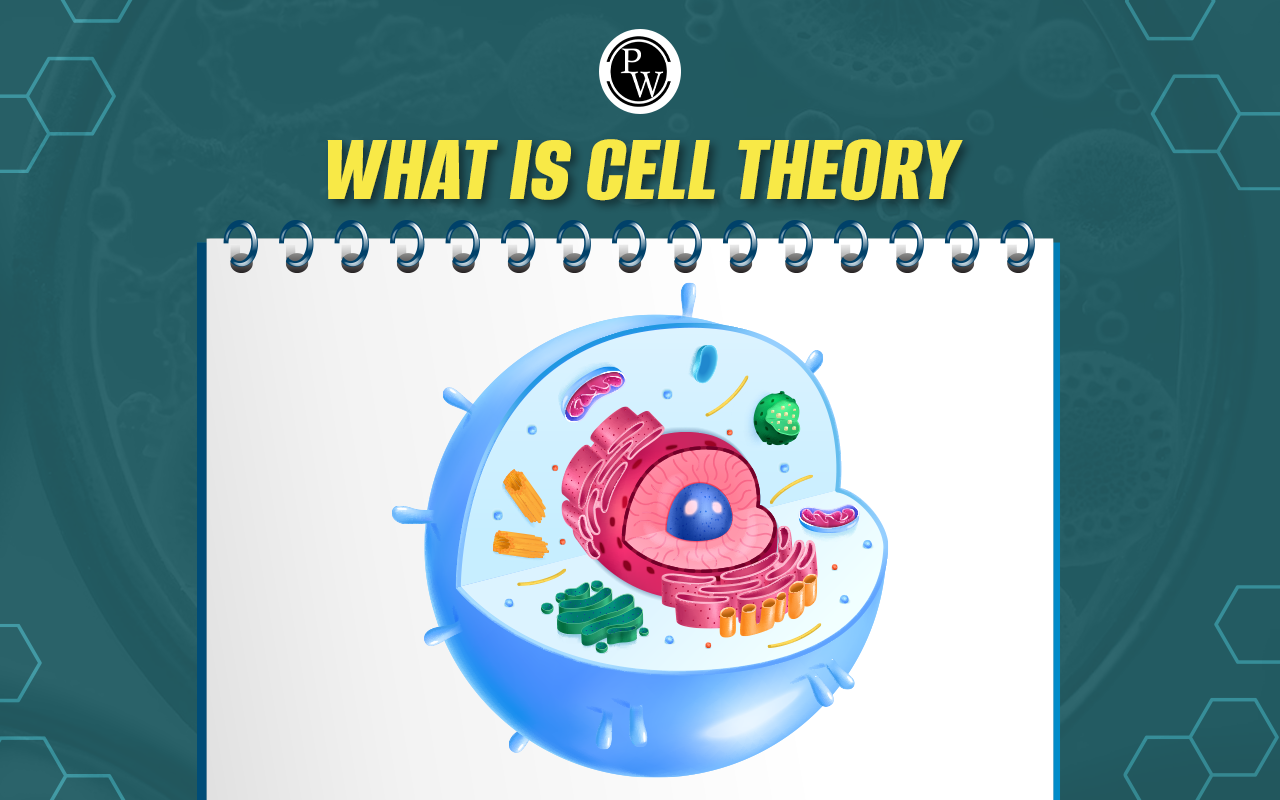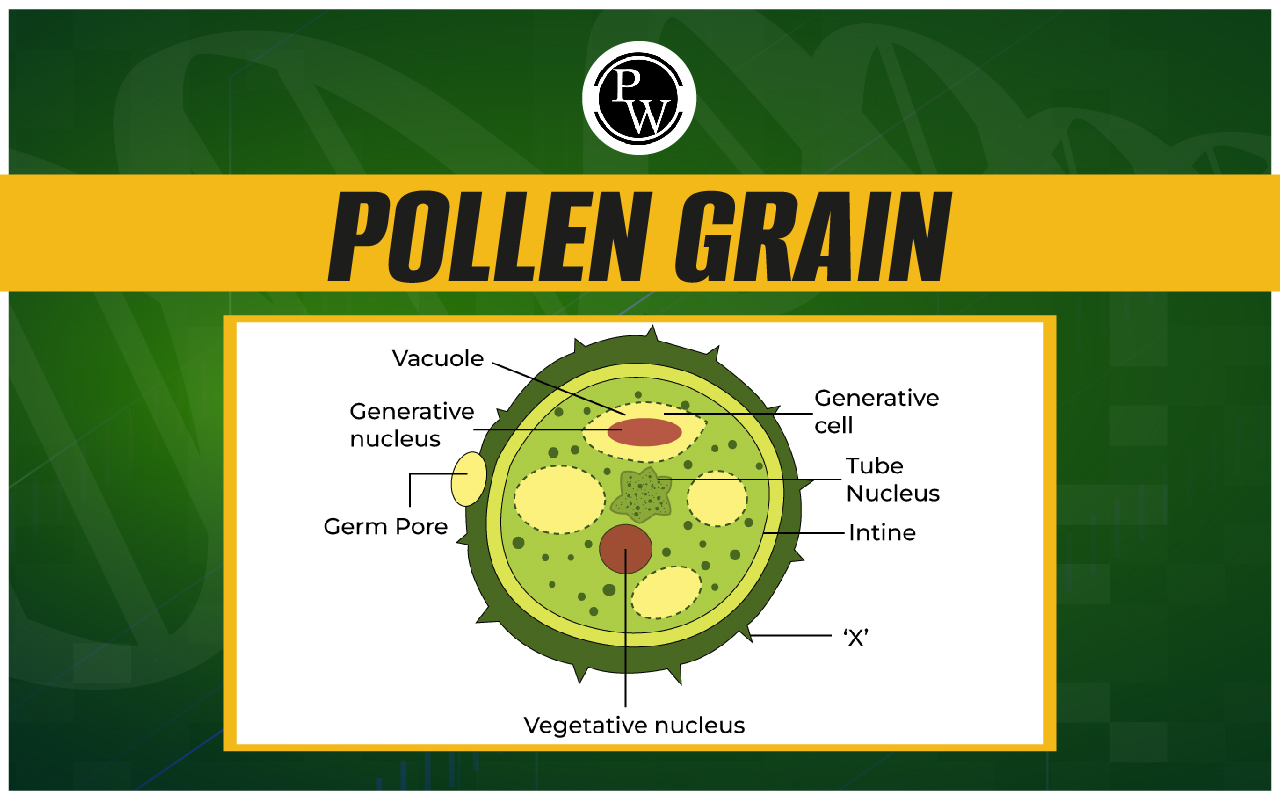
Important Diagrams for Class 11 Zoology: The National Eligibility Entrance Test (NEET), previously known as the All India Pre-Medical Test (AIPMT), is the entrance exam for MBBS and BDS programs in medical and dental colleges across India. It is conducted by the National Testing Agency (NTA). The Biology section of NEET carries the highest weightage, making it essential to score well in this part of the exam. NEET Biology includes a total of 90 questions, with 45 questions from Zoology.
For effective NEET Biology preparation, understanding Class 11 Zoology diagrams is essential. These diagrams cover key topics such as the animal kingdom, circulatory and excretory systems, and neural control. They are organized chapter-wise, and the list of important diagrams can be found below. As diagram-based questions are part of the NEET Biology section, having a thorough understanding of them is vital for success. This article provides Important Diagrams for Class 11 Zoology and tips to memorize them and their significance.Also Check:
Important Diagrams For Class 11 Zoology
In NEET Biology, diagrams are essential for understanding and visualizing complex concepts. For Class 11 Zoology, diagrams are particularly significant as they cover many key chapters important for NEET preparation. Diagrams in NEET Biology visually represent theoretical concepts, facilitating better understanding and retention of information. In Class 11 Zoology, diagrams encompass a wide range of topics, from structure to the functioning of various organ systems. Mastering these diagrams is essential for achieving good exam results, as many questions are based on them. Students should practice drawing diagrams repeatedly, accurately label each part, and comprehend the underlying concepts to effectively study diagrams. This approach not only aids in memorization but also deepens understanding of the subject matter. The chapters covered in NEET for Important Diagrams for Class 11 Zoology include:- The Living World
- Animal Kingdom
- Structural Organisation in Animals
- Biomolecules
- Breathing and Exchange of Gases
- Body Fluids and Circulation
- Excretory Products and Their Elimination
- Locomotion and Movement
- Neural Control and Coordination
- Chemical Coordination and Integration
Also Check:
Chapter Wise Class 11 Zoology Important Diagrams
The NEET Class 11 Zoology syllabus includes many important diagrams essential for NEET Biology. Students should pay special attention to these diagrams, as they often appear in the NEET exam and previous years' papers , enhancing their overall preparation. Including these specific diagrams in their study routine can significantly improve candidates' understanding and retention of essential concepts. Below is the list of Important Diagrams for Class 11 Zoology.
Structural Organization in Animals Diagrams
Find below all the important diagrams of Structural Organization in Animals. The list of diagrams is given below:- Basement membrane Diagram
- Ciliated columnar Diagram
- Pseudostratified Epithelium Diagram
- Areolar Connective Tissue Diagram
- Adipose Connective Tissue Diagram
- Smooth Muscle Tissue Diagram
- Cardiac Muscle Tissue Diagram
- Neural tissue Diagram
- Structure of Neuron Diagram
- External Features of Cockroach Diagram
- Alimentary Canal of Cockroach Diagram
- Respiratory System Diagram
- Male Reproductive System Diagram
- Female Reproductive System Diagram
- External Features of Frog Diagram
Basement membrane Diagram
Below is the diagram of the Basement membrane:
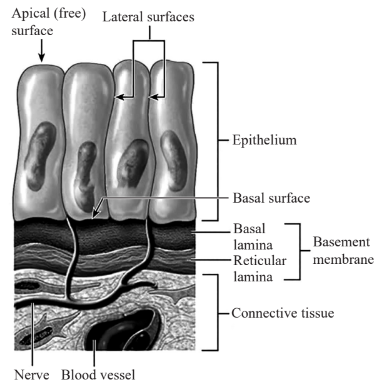
Ciliated columnar Diagram
Below is the diagram of Ciliated columnar:
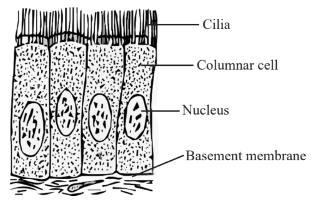
Pseudostratified Epithelium Diagram
Below is the diagram of Pseudostratified Epithelium:
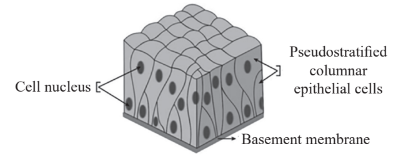
Areolar Connective Tissue Diagram
Below is the diagram of Areolar Connective Tissue:
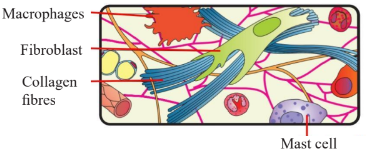
Adipose Connective Tissue Diagram
Below is the diagram of Adipose Connective Tissue:
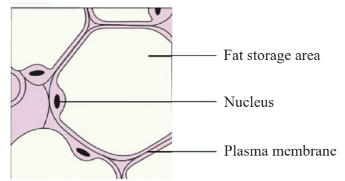
Smooth Muscle Tissue Diagram
Below is the diagram of Smooth Muscle Tissue:
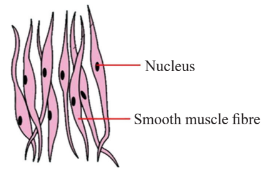
Cardiac Muscle Tissue Diagram
Below is the diagram of Cardiac Muscle Tissue:
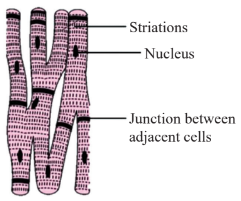
Neural tissue Diagram
Below is the diagram of Neural tissue:
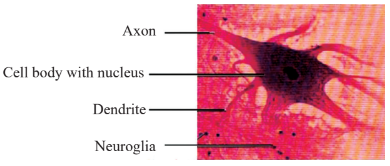
Structure of Neuron Diagram
Below is the diagram of Structure of Neuron:
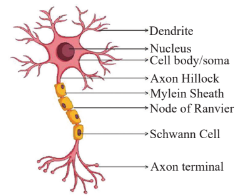
External Features of Cockroach Diagram
Below is the diagram of External Features of Cockroach:
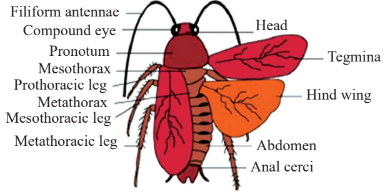
Alimentary Canal of Cockroach Diagram
Below is the diagram of Alimentary Canal of Cockroach:
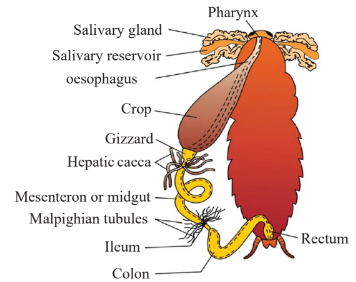
Respiratory System Diagram
Below is the diagram of Respiratory System:
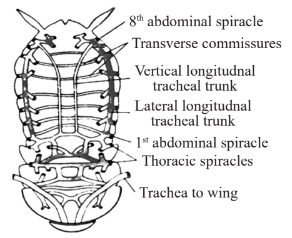
Male Reproductive System Diagram
Below is the diagram of Male Reproductive System:
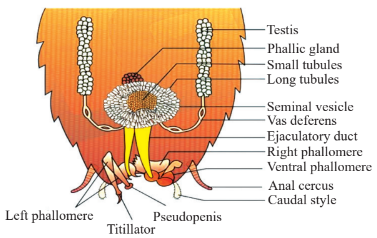
Female Reproductive System Diagram
Below is the diagram of Female Reproductive System:
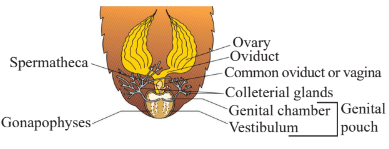
External Features of Frog Diagram
Below is the diagram of External Features of Frog:
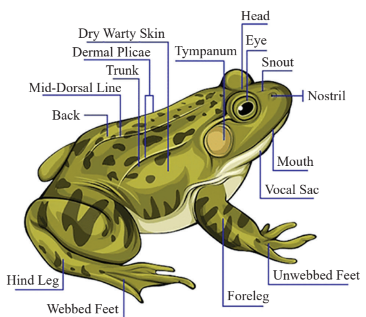
Why Diagrams are Important for Class 11 NEET Biology?
Diagrams are essential in Class 11 Zoology for several reasons, especially when it comes to NEET Biology exam preparation:- Visual Learning: Important Diagrams for Class 11 Zoology help visualize complex biological structures and processes, making them easier to understand and remember. For instance, detailed diagrams can significantly enhance understanding of the human circulatory system, which are among the most important diagrams in Class 11 Zoology.
- Clarification of Concepts: Diagrams simplify intricate concepts by breaking them down into manageable visual parts.
- Retention and Recall: Visual aids, like diagrams, are known to improve memory retention. Students are more likely to remember information presented in a diagrammatic form than in text alone.
- Exam Preparation: The NEET Biology exam often includes questions based on diagrams. Familiarity with Important Diagrams for Class 11 Zoology can enable students to quickly identify and address these questions, thereby enhancing their examination performance.
- Application of Knowledge: Diagrams encourage the practical application of theoretical knowledge. For example, drawing and labeling the components of a heart can strengthen the understanding of its structure and function, highlighting the importance of key diagrams in Class 11 Zoology.
Strategies for Memorizing Important Diagrams for Class 11 Zoology
The following strategies and effective techniques will help you retain and understand Important Diagrams for Class 11 Zoology for your NEET exam preparation.- Regular Practice: Consistently practicing drawing diagrams can aid in memorization. Set aside a specific time each day for this.
- Use of Mnemonics: Create mnemonic devices to assist in remembering the sequence of parts in a diagram. This is particularly useful for retaining information about the most important diagrams in Class 11 Zoology.
- Flashcards: Make flashcards with diagrams on one side and their labels on the other. This method serves as an effective tool for quick revision and self-testing.
- Color Coding: Use different colors to highlight various parts of a diagram. This enhances visual appeal and helps distinguish between components.
- Group Study: Studying with peers can be beneficial. You can quiz each other on different diagrams, reinforcing your memory through discussion.
- Digital Tools: Utilize apps and online resources that provide interactive diagrams. These tools often include quizzes and exercises to aid in memorization.
- Labeling Practice: Practice labeling blank diagrams to ensure familiarity and retention of all parts.
Important Diagrams for Class 11 Zoology FAQs
Q. Which is the most important chapter in Zoology Class 11?
Ans. The chapter on Human Physiology is often considered the most important as it lays the foundation for understanding various body systems and is important for NEET.
Q. Which is the toughest chapter in Class 11 Zoology?
Ans. Many students find Biomolecules to be the toughest chapter due to its detailed and complex content on the structure and function of various biomolecules.
Q. What are the most important biology diagrams?
Ans. Key diagrams include the human heart, brain, excretory system, and cell structure. These are frequently asked in exams and are essential for understanding biological processes.
Q. How to memorize biology diagrams?
Ans. Practice regularly, label each part clearly, use mnemonic devices, and try to understand the function of each part rather than just memorizing.
Q. Are diagrams asked in the board exam?
Ans. Yes, diagrams are commonly asked in board exams. They are often used to test understanding of concepts and can be a significant part of the biology paper.
🔥 Trending Blogs
Talk to a counsellorHave doubts? Our support team will be happy to assist you!

Check out these Related Articles
Free Learning Resources
PW Books
Notes (Class 10-12)
PW Study Materials
Notes (Class 6-9)
Ncert Solutions
Govt Exams
Class 6th to 12th Online Courses
Govt Job Exams Courses
UPSC Coaching
Defence Exam Coaching
Gate Exam Coaching
Other Exams
Know about Physics Wallah
Physics Wallah is an Indian edtech platform that provides accessible & comprehensive learning experiences to students from Class 6th to postgraduate level. We also provide extensive NCERT solutions, sample paper, NEET, JEE Mains, BITSAT previous year papers & more such resources to students. Physics Wallah also caters to over 3.5 million registered students and over 78 lakh+ Youtube subscribers with 4.8 rating on its app.
We Stand Out because
We provide students with intensive courses with India’s qualified & experienced faculties & mentors. PW strives to make the learning experience comprehensive and accessible for students of all sections of society. We believe in empowering every single student who couldn't dream of a good career in engineering and medical field earlier.
Our Key Focus Areas
Physics Wallah's main focus is to make the learning experience as economical as possible for all students. With our affordable courses like Lakshya, Udaan and Arjuna and many others, we have been able to provide a platform for lakhs of aspirants. From providing Chemistry, Maths, Physics formula to giving e-books of eminent authors like RD Sharma, RS Aggarwal and Lakhmir Singh, PW focuses on every single student's need for preparation.
What Makes Us Different
Physics Wallah strives to develop a comprehensive pedagogical structure for students, where they get a state-of-the-art learning experience with study material and resources. Apart from catering students preparing for JEE Mains and NEET, PW also provides study material for each state board like Uttar Pradesh, Bihar, and others
Copyright © 2025 Physicswallah Limited All rights reserved.
Get App





